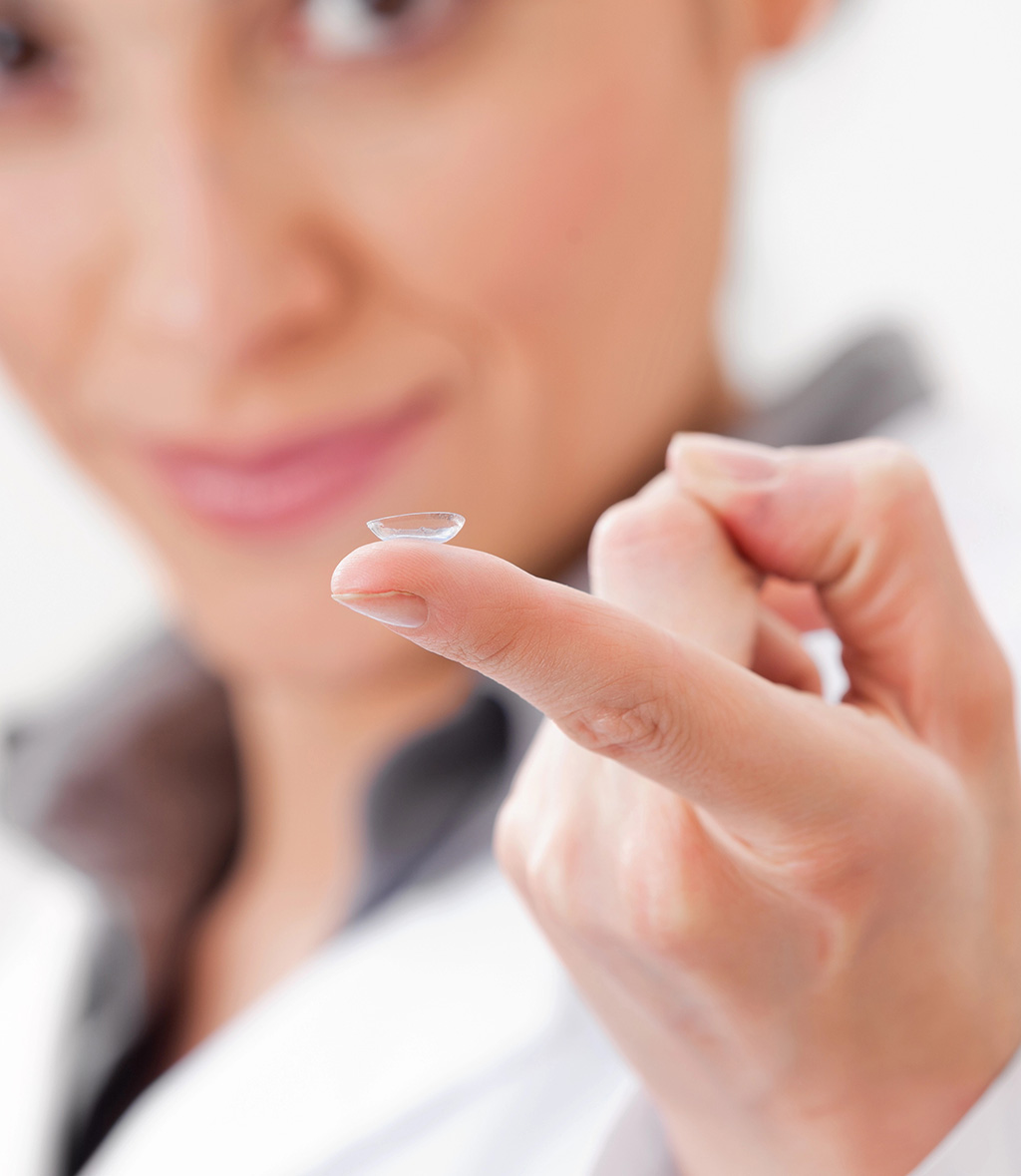Ortho-Keratology (Ortho-K)
Ortho-Keratology (Ortho-K) is a non-surgical treatment where special contact lenses are worn overnight to temporarily reshape the cornea, correcting vision during the day without the need for glasses or contacts. It’s often used to treat myopia and other vision issues.

What is Ortho-Keratology
Ortho-Keratology (commonly referred to as Ortho-K) is a non-surgical treatment that temporarily reshapes the cornea to reduce or correct refractive errors like myopia (nearsightedness), hyperopia (farsightedness), and astigmatism. This is achieved through the use of specially designed rigid gas-permeable (RGP) contact lenses that are worn overnight. The lenses gently reshape the cornea, allowing the user to experience clear vision during the day without the need for glasses or contact lenses.


Who Can Benefit from Ortho-K?
Ortho-K is primarily used to correct mild to moderate myopia, but it can also be used to correct low levels of astigmatism, hyperopia, and presbyopia. It is an appealing option for individuals who:
- Are nearsighted and want to reduce their dependence on glasses or daytime contact lenses.
- Are not ideal candidates for LASIK or other refractive surgery.
- Participate in sports or other activities where glasses or contact lenses may be inconvenient or risky.
- Want a non-surgical method for myopia control, particularly for children and teenagers, as studies suggest that Ortho-K can slow the progression of myopia in younger patients.

How Ortho-K Works
Ortho-K lenses are custom-designed for each patient based on a detailed map of their cornea (called corneal topography). The lenses are worn overnight and work by flattening the central part of the cornea, thereby reducing the eye’s refractive power. This effect allows light to focus properly on the retina, leading to clearer vision during the day. After removing the lenses in the morning, the reshaping effect typically lasts throughout the day, providing clear, unaided vision for most waking hours.
The reshaping effect is temporary, so lenses need to be worn regularly (usually nightly) to maintain clear vision.


Fitting Process
The process of fitting Ortho-K lenses involves several steps:
1. Initial Consultation and Examination: The eye care professional will assess your eye health, measure your corneal topography, and determine whether you’re a suitable candidate for Ortho-K.
2. Lens Design and Fitting: Based on the measurements, custom Ortho-K lenses will be designed and fitted.
3. Follow-up Appointments: After the initial fitting, you’ll have follow-up visits to ensure that the lenses are working as expected and that your eyes are healthy.
4. Long-term Maintenance: Ongoing check-ups will be required to monitor your vision and the health of your eyes.
Ortho-K vs. LASIK
Reversibility: Unlike LASIK, Ortho-K is reversible. If a patient discontinues use of the lenses, the cornea will return to its original shape.
Age: Ortho-K is a good option for children and teens, whereas LASIK is typically only recommended for adults whose prescriptions have stabilized
Surgical vs. Non-Surgical: LASIK involves permanent corneal reshaping through surgery, while Ortho-K achieves temporary reshaping through lens wear.
Cost of Ortho-K
The cost of Ortho-K varies depending on the complexity of the prescription and the location of the clinic. Generally, Ortho-K is more expensive than traditional soft contact lenses but less expensive than refractive surgery. The initial cost typically includes the consultation, corneal topography, custom lenses, and follow-up appointments. Replacement lenses may be needed every 1-2 years.
Conclusion
Ortho-K is a safe, effective, and non-surgical option for individuals seeking temporary vision correction and myopia control. Its primary appeal lies in its reversibility, making it a great choice for people of all ages, particularly those who are not candidates for LASIK or those who want to avoid wearing glasses or contacts during the day.
Patients interested in Ortho-K should consult with one of our experienced eye care professionals to determine if they are a good candidate and to discuss the risks and benefits of the treatment.
Book an Appointment Today
Discover clear vision without glasses or daytime contacts—try Ortho-Keratology (Ortho-K) today and experience the freedom of improved eyesight!

